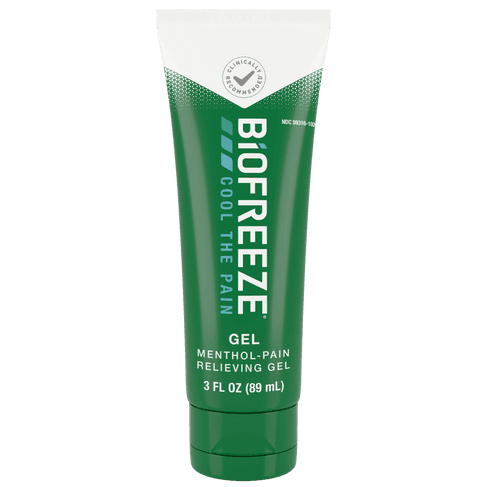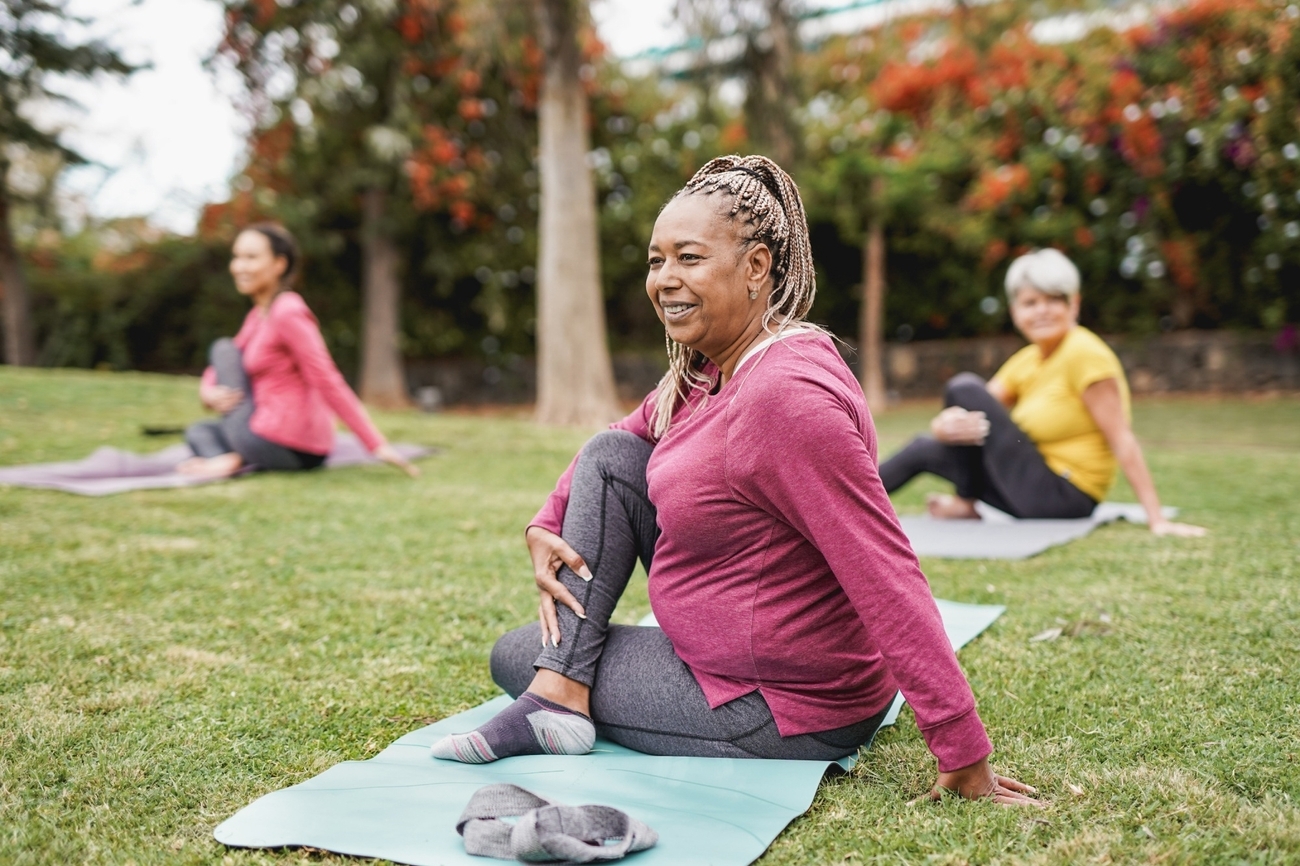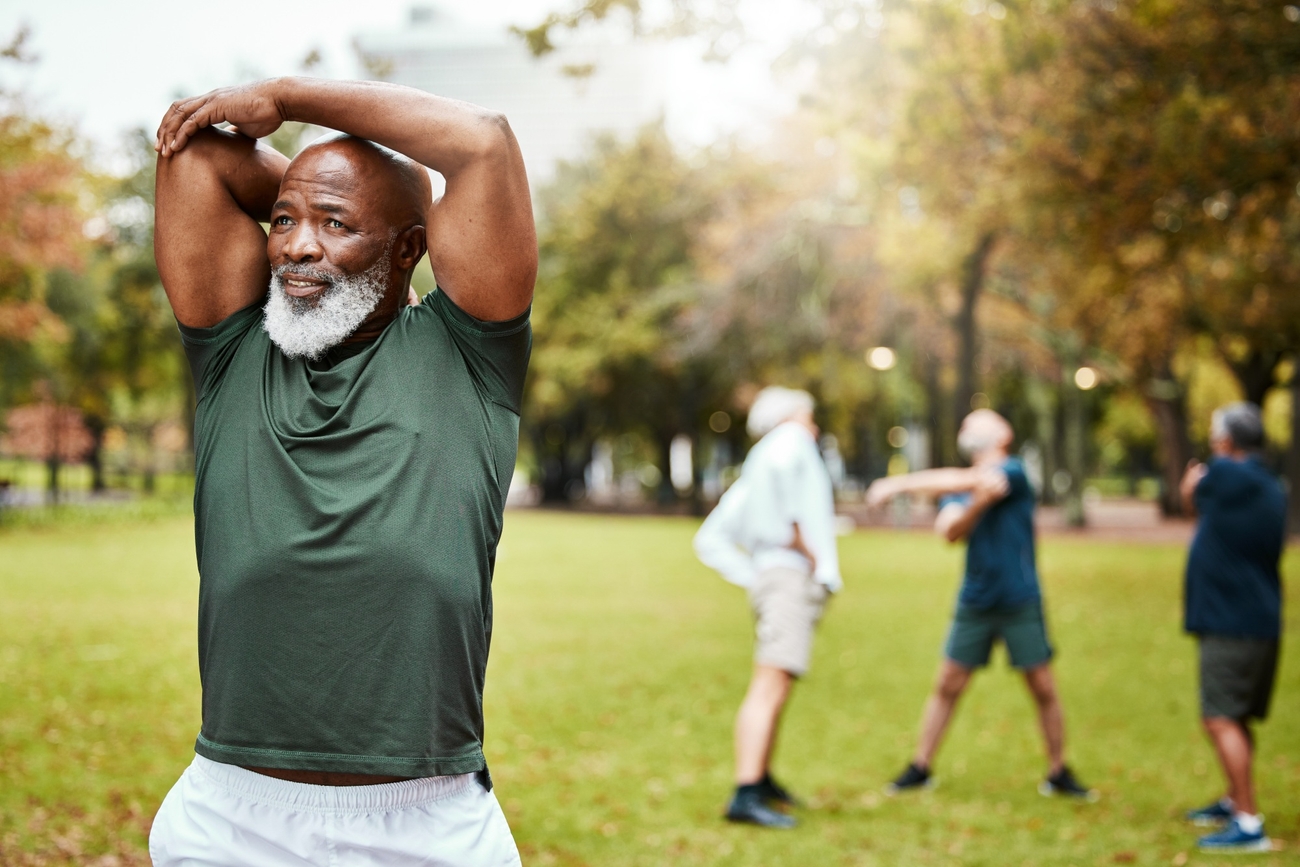Easy Application
Easily Covers Small & Large Areas
Targeted Relief

This article has been medically reviewed for accuracy
Neck pain, or cervical pain, refers to any stiffness, soreness, or tenderness in the neck, shoulders, and sometimes, parts of the upper back. This pain condition is quite common, affecting more than 30% of people annually. But what causes neck pain?31
In this guide, we cover a few of the most common causes of neck pain, as well as available treatment options for neck pain relief.
What causes cervical pain, or pain in the neck area? For many people, neck pain is due to a muscle strain or a minor injury. Below are a few common causes of neck pain that might be responsible for your neck muscle tenderness.
Sleeping in awkward positions1 for prolonged periods can cause neck muscle strain that makes your upper back and shoulders feel “tight” or “stuck.” Awkward positions might include things like sleeping on the couch with your head propped up on the armrest.
Generally speaking, studies have found that sleeping positions that support a neutral spine alignment2 and minimize excess pressure on any one part of the spine are best for preventing neck pain.
Typically, placing a pillow strategically3 around the body can provide great support for the spine.
Your pillow, as with your sleep position, plays an important role in your quality of sleep. It supports the weight of your head and keeps the rest of your back and spine in neutral alignment.4
A dead pillow—one that does not fluff up, keep its shape, nor provide support for any weight on the pillow—may contributing to your neck muscle soreness.
Another one of the most common causes of neck pain is a minor injury due to whiplash, resulting in neck muscle strain.
Whiplash is a neck injury sustained from a violent swaying of the neck. A common cause of whiplash might be a rear-end car accident.5
Though, it is possible to sustain whiplash in other ways, including participating in a contact sport6, such as boxing or football, or even horseback riding.
Poor neck alignment7 and too forward head posture during heavy lifting activity, such as during a deadlift, can cause a muscle strain in the upper back and neck area as well.
If your muscles are not in prime position to counter the compressive force of the weights, it can cause a painful strain. To avoid this, make sure you have a neutral neck alignment before lifting.
Carrying heavy things primarily on one side of the body8 also puts constant tension on the muscles of the same side of the neck. This could lead to overexertion of these muscles, resulting in a muscle strain and resultant neck pain.
The neck and shoulders can store a lot of the pressure and tension of daily living. If you lift heavy things often, the muscles in this part of the body can become quite stiff.9
Even sleeping at certain or unusual angles10 could cause neck pain, stiff muscles, and limited range of motion.
Here are other pain-in-the-neck symptoms11 you might be familiar with:
Whether you are experiencing short-term or long-term neck pain, a sore neck can make going about your day much less pleasant.
Below are a few treatment options for neck pain, along with tips to prevent painful injury:
Neck pain that results from a muscle strain tends not to be a serious medical condition13 that requires medical attention.
In many cases, simply resting to allow the muscles to recover from a strain is the first step.
Health professionals also recommend following the other steps in the R.I.C.E method, which stands for rest, ice, compression, and elevation.
Ice, or a form of cold therapy, is the second step of the R.I.C.E method. Intermittent periods of cold application14 15 in the muscle can reduce pain.
Heat therapy helps promote blood circulation and loosens stiff muscles and joints that may be causing chronic pain.34
To further aid in muscle strain recovery, consider incorporating heat therapy along with cold therapy in your treatment plan.
A great home remedy for neck pain is gentle neck stretching. A few simple neck stretches can help warm the neck muscles and loosen them up, encouraging greater range of motion16.
Depending on the severity of your neck pain symptoms and your neck pain diagnosis, your doctor may prescribe you pain medication to help alleviate the pain.
Common pain medications for the neck17 include ibuprofen, aspirin and other nonsteroidal anti-inflammatory drugs (NSAIDs), muscle relaxants, or corticosteroids.
Biofreeze Gel is a cooling menthol 3.5% topical gel that provides pain relief for sore muscles.18 Research suggests it provides greater pain reduction than ice for delayed onset muscle soreness (DOMS).19
Biofreeze Gel is a convenient solution for relieving pain due to muscle strain in the neck.
Massage therapy is not only a form of self-care. It is also an accessible treatment option for chronic neck pain.
Research on the efficacy of massage therapy on neck and shoulder pain finds that massage therapy may be helpful in alleviating pain.20
However, the pain-reduction effects tend to be short-term and are only sustained if the massage sessions are long- and frequent enough.
One of the more subtle causes of neck pain in females is carrying a heavy bag or purse on one shoulder. The weight of the bag pulls down on the shoulder, increasing the risk of muscle strain.
To avoid straining muscles in this manner, alternate the side which you carry your purse on. This will ensure the weight is distributed more evenly. An even better option for neck pain relief is to go for a double-strap backpack, which provides more balanced support.
If your pillow doesn’t adequately support your neck and the weight of your head, replace it. A great pillow should be uniquely designed to fit the contours of your upper back, shoulders, and neck. This will ensure adequate support for your head—meaning, your head doesn’t just sink into the pillow without support.
Easy Application
Easily Covers Small & Large Areas
Targeted Relief
Overnight Relief with Lavender scent
Long Lasting
Easily Covers Small & Large Areas
Neck pain is not usually serious. The most common causes of neck pain are muscle strains in the neck or upper back, which can usually self-resolve without major treatment.
However, if your neck pain worsens to a point where it interferes with work and daily activities, consider a visit to the doctors for a full diagnosis.
If you have difficulty walking and/or maintaining balance due to neck pain, you should also consult your healthcare provider.
This article has been medically reviewed for accuracy



Easy Application
Easily Covers Small & Large Areas
Targeted Relief
Overnight Relief with Lavender scent
Long Lasting
Easily Covers Small & Large Areas
